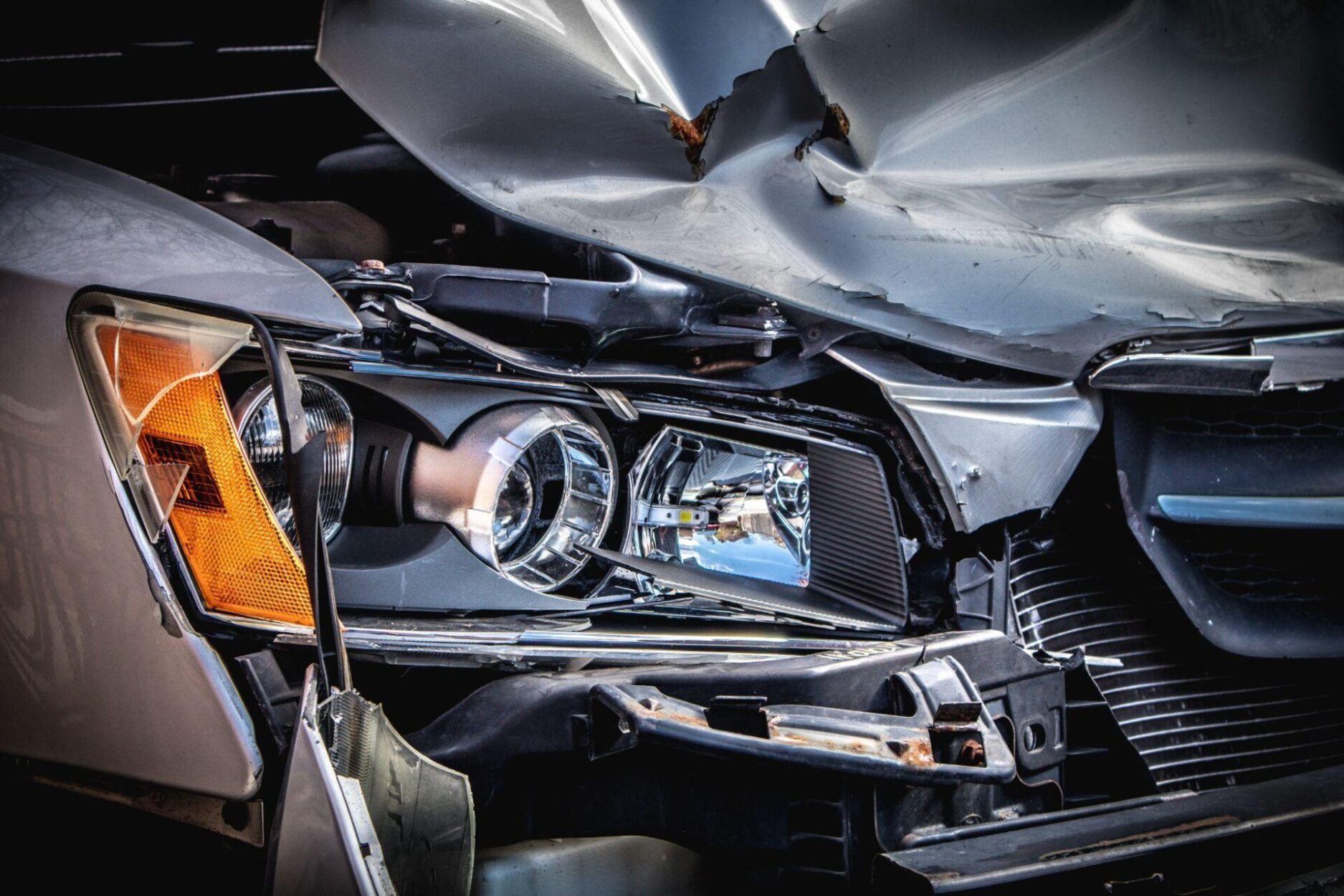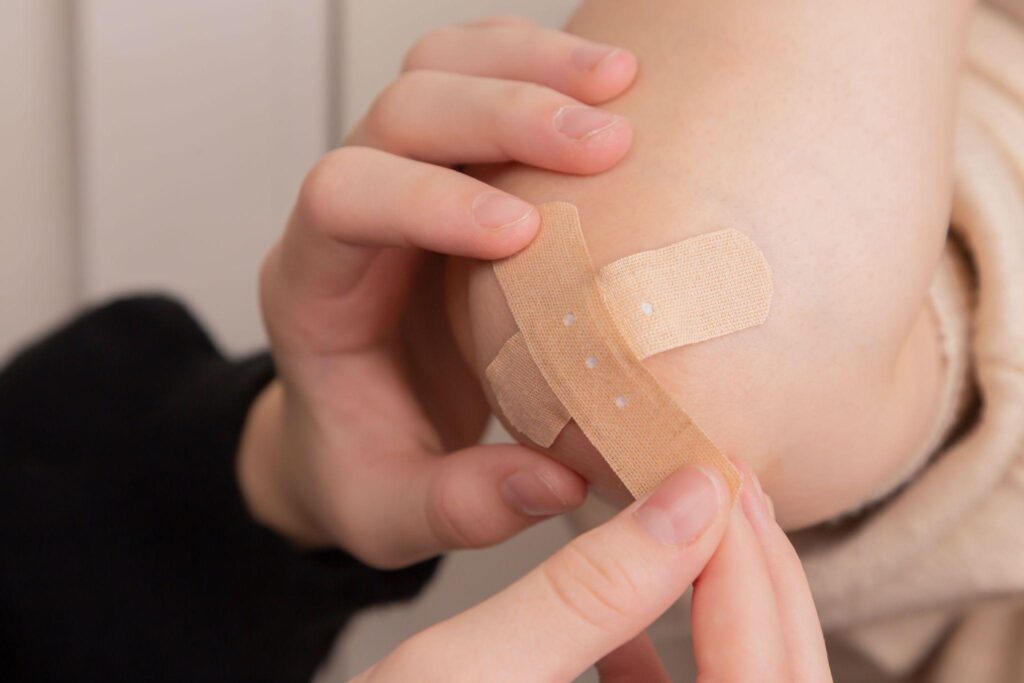No matter how careful you are, accidents happen. Sometimes they’re just a little scrape or bruise, and other times they can be more serious. It’s important to know what to do in different situations so that you can handle the accident as best as possible. In this blog post, we will discuss the different degrees of accidents and what you should do in each case.
First Degree
A first-degree accident is the most minor type of accident. This includes things like scrapes, bruises, and cuts. If you have a first-degree accident, the best thing to do is to clean the wound and put a bandage on it. You should also keep an eye on the wound to make sure that it doesn’t get infected. If the cut is more than a quarter-inch deep, was done with a dirty object, or bone is visible, then it requires professional medical attention, and you should go to the hospital immediately. Most first-degree accidents can be treated at home, but if you’re ever in doubt, it’s always better to err on the side of caution and seek medical help.
How You Can Sustain First Degree Accidents
There are a few different ways that you can sustain first-degree accidents. The most common way is by tripping and falling. This can happen anywhere, whether you’re at home or out and about. Other common ways to sustain first-degree accidents include getting hit by a flying object, being cut by something sharp, and coming into contact with something hot.
Second Degree
A second-degree accident is more serious than a first-degree accident. This includes things like broken bones, deep cuts, and burns. If you have a second-degree accident, you should seek medical attention immediately. Broken bones need to be set back into place, and burns need to be treated so that they don’t get infected. Deep cuts also need to be cleaned and bandaged, but you’ll likely need stitches if the cut is more than a quarter-inch deep. Second-degree accidents are nothing to mess around with, so it’s important that you seek professional help as soon as possible. Treating second-degree accidents at home is not advisable as they can lead to further complications if not treated properly.
How You Can Sustain Second Degree Accidents
There are a few different ways that you can sustain second-degree accidents. The most common way is by falling from a height. This could be anything from falling off a ladder to falling out of a tree. Other common ways to sustain second-degree accidents include being in a car accident or being hit by something heavy.
Third Degree
A third-degree accident is the most severe type of accident. This includes things like head injuries, spinal cord injuries, and internal bleeding. If you have a third-degree accident, you should go to the hospital immediately. Third-degree accidents require professional medical attention and should not be treated at home. Trying to treat a third-degree accident at home can lead to further injury or even death. If you or someone you know has a third-degree accident, it’s important that you get help as soon as possible. Every minute counts when it comes to treating these types of accidents.
How You Can Sustain Third Degree Accidents
There are a few different ways that you can sustain third-degree accidents. The most common way is by being in a car accident. This could be anything from a minor fender bender to a major collision. Other common ways to sustain third-degree accidents include falling from a great height, being hit by something very heavy, or sustaining a head injury. In these instances, you need to incorporate a personal injury lawyer to get the best settlement possible because, most likely, you will not be able to work for a period of time.

Accidents happen all the time, but it’s important to know how to handle them properly. If you ever find yourself in an accident, always err on the side of caution and seek medical help if you’re ever in doubt. It’s better to be safe than sorry! Accidents are a part of life, but it’s important to know how to handle them properly.

